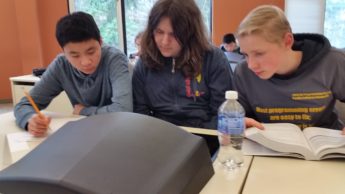
With each concept I teach, I evaluate the students understanding through their programming code, the required comments explaining the code, and the coding structure. I also know what they understand by listening to the questions that they ask. Formative assessment is the primary way that I evaluate if they understand the concepts, there is no need for a summative assessment if they are not ready. Reflection on instruction as cyclical strategy allows for implementing changes to increase my student’s knowledge of my content (Teach). Continue reading Achieving Better Instruction through Reflection

